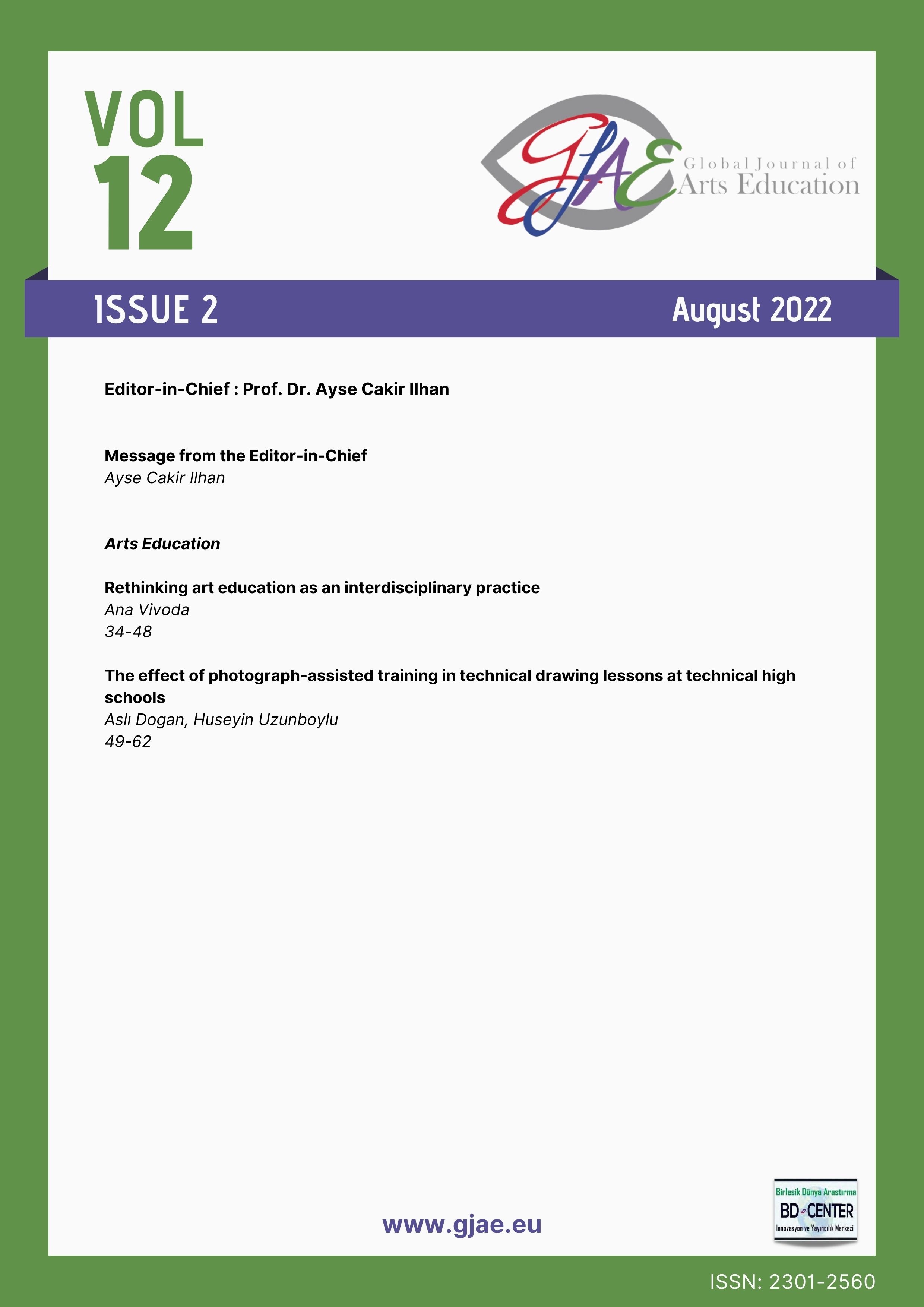Rethinking art education as an interdisciplinary practice
Main Article Content
Abstract
The project encompassed the research of relations between various disciplines and interdisciplinary approaches in primary teacher education, and initiating cooperation with a nature park to create a platform for creative dialogue between visual and nonvisual arts and natural sciences, that is, botany. The initial goal of the project was the experience of a place-based art education project, which then extended to raising ecological awareness and addressing the need to preserve local natural heritage through several interrelated art educational projects. The project explored the points of intersection of arts and natural sciences. It also enforced the creative aspect of educational practice of prospective primary education teachers by combining the concepts of place-based education and thematic teaching method in a multidisciplinary environment as well as balancing fieldwork and the classroom learning process. A collaborative approach, interdisciplinary mentoring team, and students’ independence to organize their time and plan the stages of their projects introduced a higher level of involvement and a stronger commitment to the research
Keywords: Art education; artist’s book; botany; interdisciplinary research; printmaking.
Downloads
Article Details
Authors who publish with this journal agree to the following terms:
- Authors retain copyright and grant the journal right of first publication with the work simultaneously licensed under a Creative Commons Attribution License that allows others to share the work with an acknowledgement of the work's authorship and initial publication in this journal.
- Authors are able to enter into separate, additional contractual arrangements for the non-exclusive distribution of the journal's published version of the work (e.g., post it to an institutional repository or publish it in a book), with an acknowledgement of its initial publication in this journal.
- Authors are permitted and encouraged to post their work online (e.g., in institutional repositories or on their website) prior to and during the submission process, as it can lead to productive exchanges, as well as earlier and greater citation of published work (See The Effect of Open Access).

